Why can’t I access this file?
Possible reasons you cannot access this file:
- Your membership has expired.
- The file is restricted to certain users.
If you are seeing this message in error, please contact us.
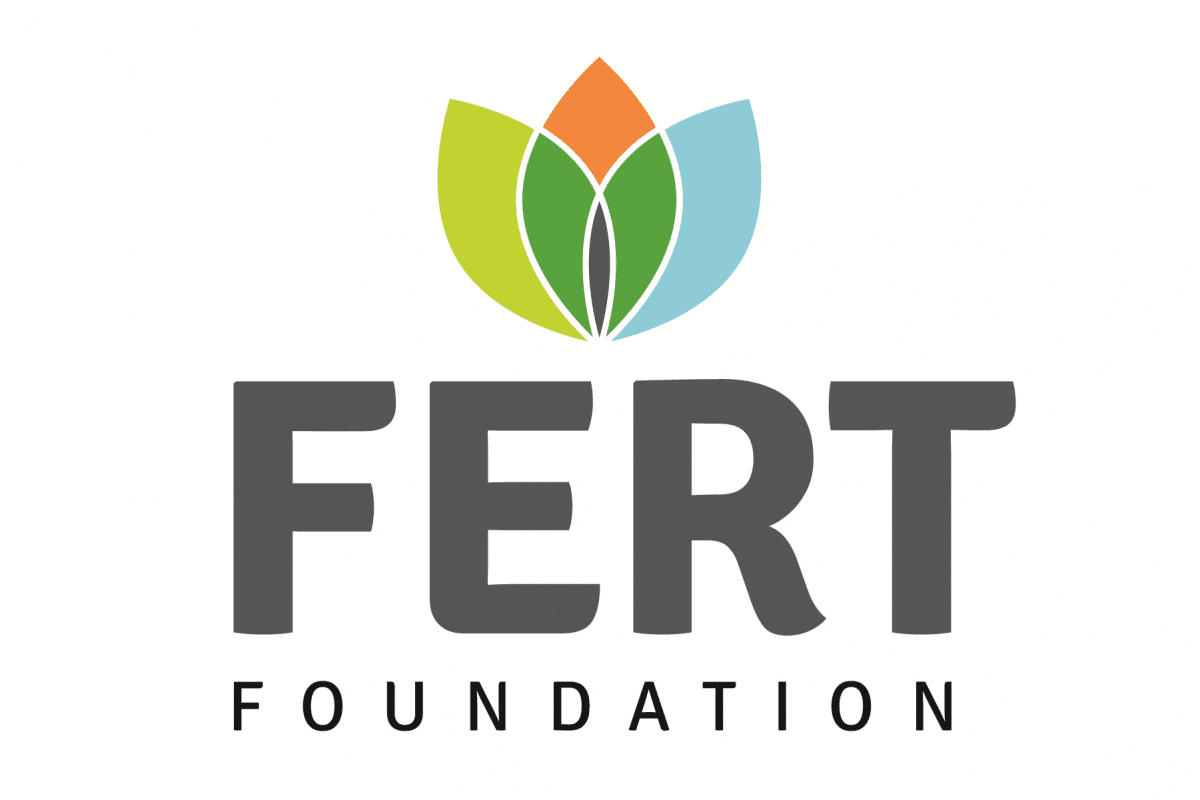
Possible reasons you cannot access this file:
If you are seeing this message in error, please contact us.
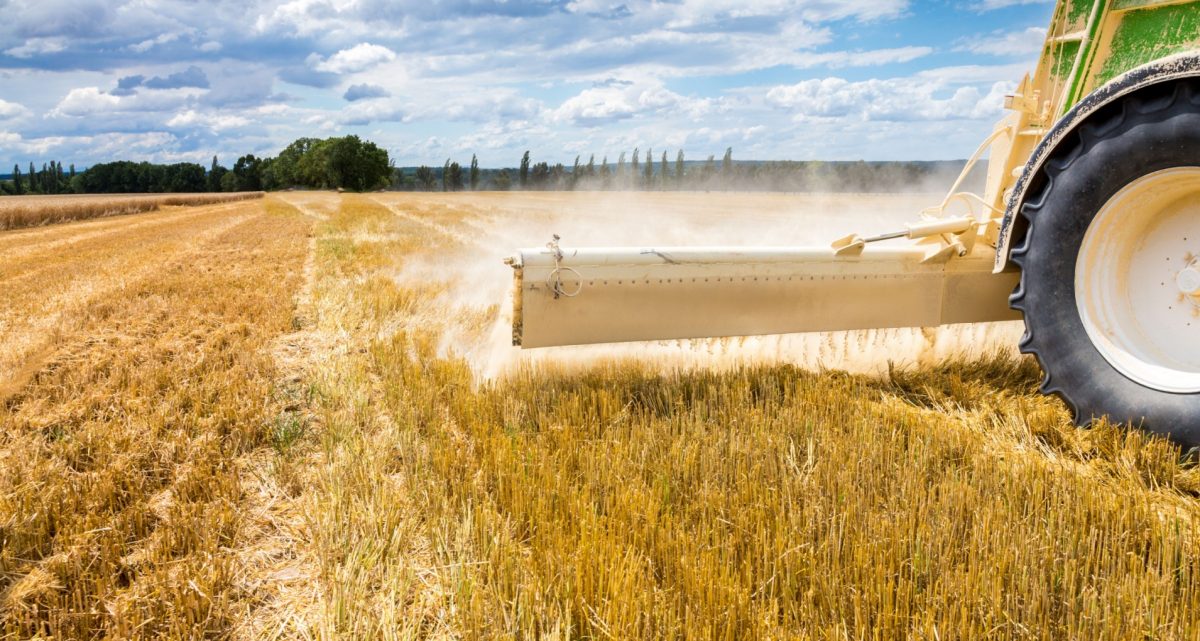

Crops: Alfalfa Almonds Apples Barley Beans (dry) Canola Citrus Clover Corn for grain Corn for silage Cotton Cucumbers Green beans Hay Hazelnuts Hops Mustard Peanuts Pecans Potato Rice Rye Ryegrass Sorghum Soybeans Spinach Strawberries Sugar beets Sugarcane Sweet corn Tart cherry Tobacco Tomato Winter wheat Wheat
4R Practices: Metadata Project
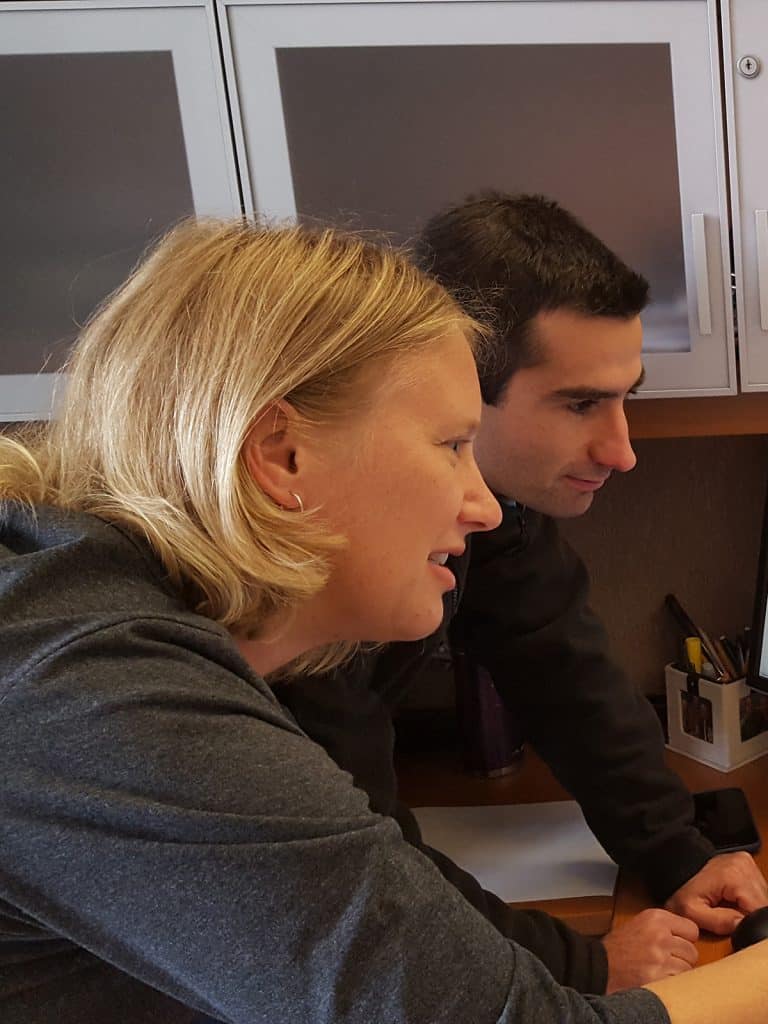
Lead Researcher:
Dr. Alison Eagle
Scientist
Environmental Defense Fund
Start Date: 2014
End Date: 2015
Growing population and consumer demand require that agriculture continue to increase productivity while managing environmental impacts. Efficient farm production and environmental management needs a well-informed and scientifically-based strategy. To do this, the ever- increasing volume of data from agricultural field research must be summarized, assessed, and interpreted. Meta-analysis of experimental data can be used to find overall or widespread benefits of management practices that may be difficult to fully understand with individual research projects, most of which are limited to particular climatic and soil conditions. Policy makers and producers would like to see broader application of practices that can have water or air quality benefits while maintaining or enhancing production. However, accurate scientific information is needed to know how to do this best, where it will work, and how it can be cost- effective.
This project will summarize the results of all five 4R Research Fund supported meta-analysis projects, and detail the databases generated, as well as the potential for linkages between them or with other databases. This summary will allow for a discussion on the implications of 4R nutrient management that go beyond that possible in single research papers or even in the individual meta-analysis projects.

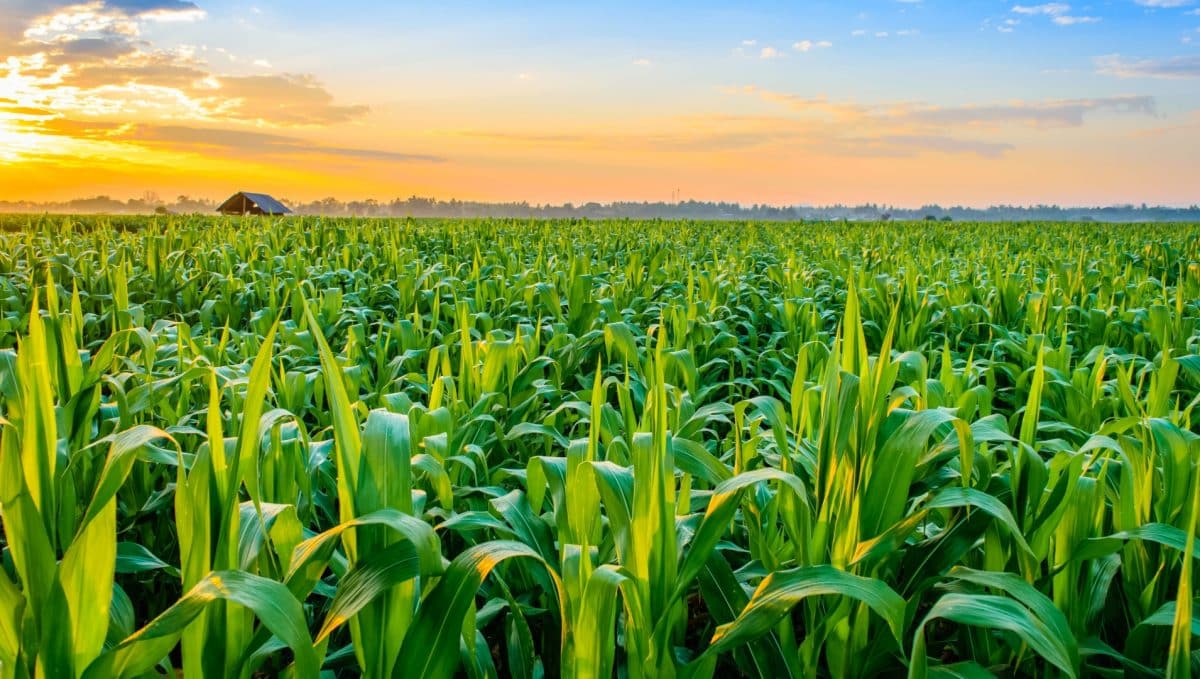
Crops: Corn for grain
4R Practices: Rate Time
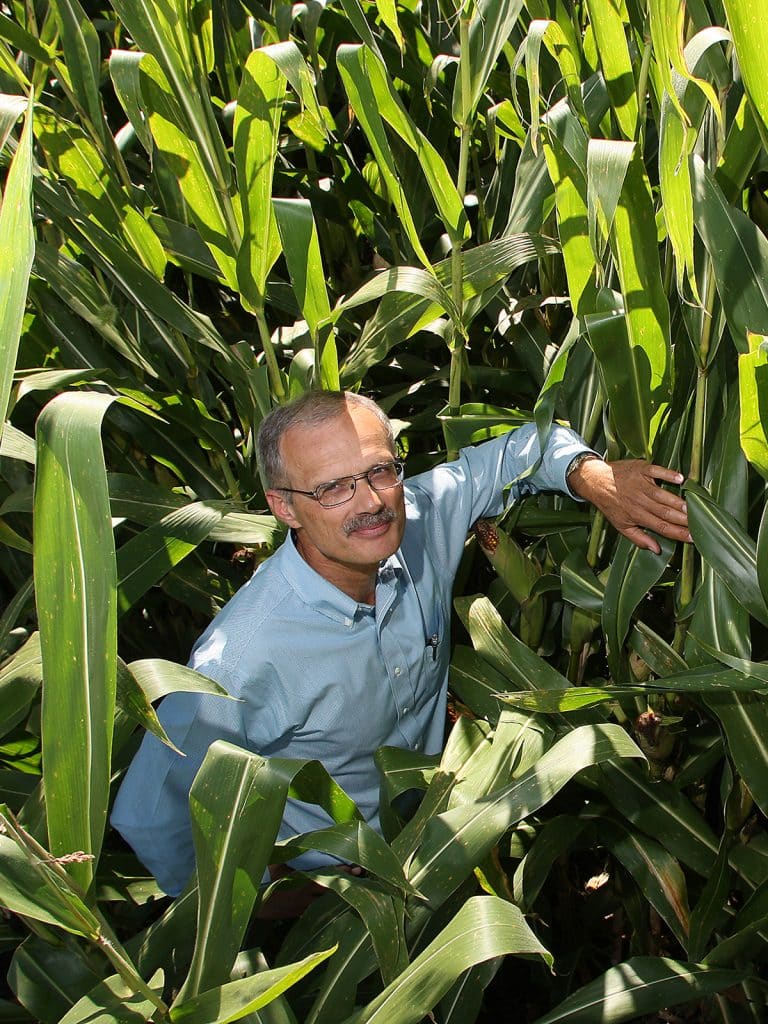
Lead Researcher:
Dr. Tony Vyn
Department of Agronomy, Henry A. Wallace Chair in Crop Sciences
Purdue University
Start Date: 2014
End Date: 2015
Despite many years of research on nitrous oxide (N2O) emission from corn experiments with various N management treatments applied, little is known about the relationships between N2O loss and plant nitrogen recovery efficiency (NRE). Our review publication (Omonode et al., 2017) provided a summary of the known relationships with existing North American data, but in most cases N2O and NRE data are seldom collected and/or reported from the same experiments. Thus, although it is commonly assumed that higher NRE following environmentally-beneficial N fertilizer management practices will lead to lower N2O emissions, too little evidence exists for this assumption across the range of corn/N management tracks. The overall aim of this project was to provide more concrete field research data to either support or reject this hypothesis. Our specific objective was to determine the relationships between seasonal N2O emissions, whole plant nitrogen (N) uptake, and NRE in rainfed corn under different tillage and nitrogen (N) fertilizer management systems.



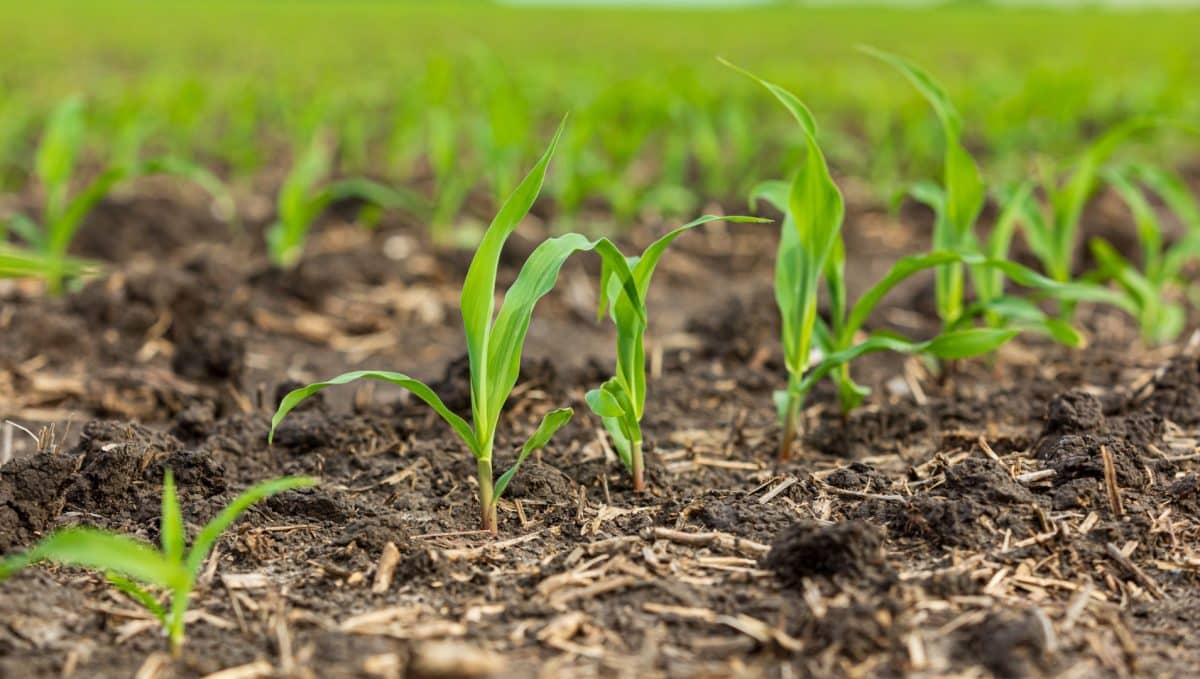
Crops: Corn for grain
4R Practices: Metadata Project

Lead Researcher:
Dr. Tony Vyn
Department of Agronomy, Henry A. Wallace Chair in Crop Sciences
Purdue University
Start Date: 2014
End Date: 2015
Nitrous oxide (N2O) emissions from corn production systems are a large societal concern because so much of the N fertilizer applied to crop production in the United States is applied to corn, and because agriculture alone accounts for the majority of N2O emissions from all sources. The IPCC (2006) has estimated that an average of approximately 1.0% of the N fertilizer applied is lost as N2O, but we know from our own studies in rain-fed corn production that estimated emissions can sometimes exceed the equivalent of 5% of the N in the N fertilizers applied.
Over the years of scientific monitoring of N2O emissions, the predominant reporting method has been to quantify episodic and/or cumulative growing season N2O emissions per unit land area. Later refereed publications included acknowledgement of the importance of reporting yield scaled N2O emissions, but not until relatively recently has there been a plea to focus on emissions within the context of actual N use efficiencies. The recent meta-analysis by Decock (2014) highlighted the low proportion of past N2O emission studies that included critical information on treatment effects on crop N export (let alone any mention of crop N uptake).
The central hypothesis of this proposal is that increased corn plant N uptake (as a fraction of the fertilizer N applied) will be associated with reduced N2O emissions on area-scaled, yield-scaled, and NRE-scaled (i.e. plant N uptake per unit of N fertilizer initially applied) methods of interpreting relative N2O emissions from different management systems for corn production.



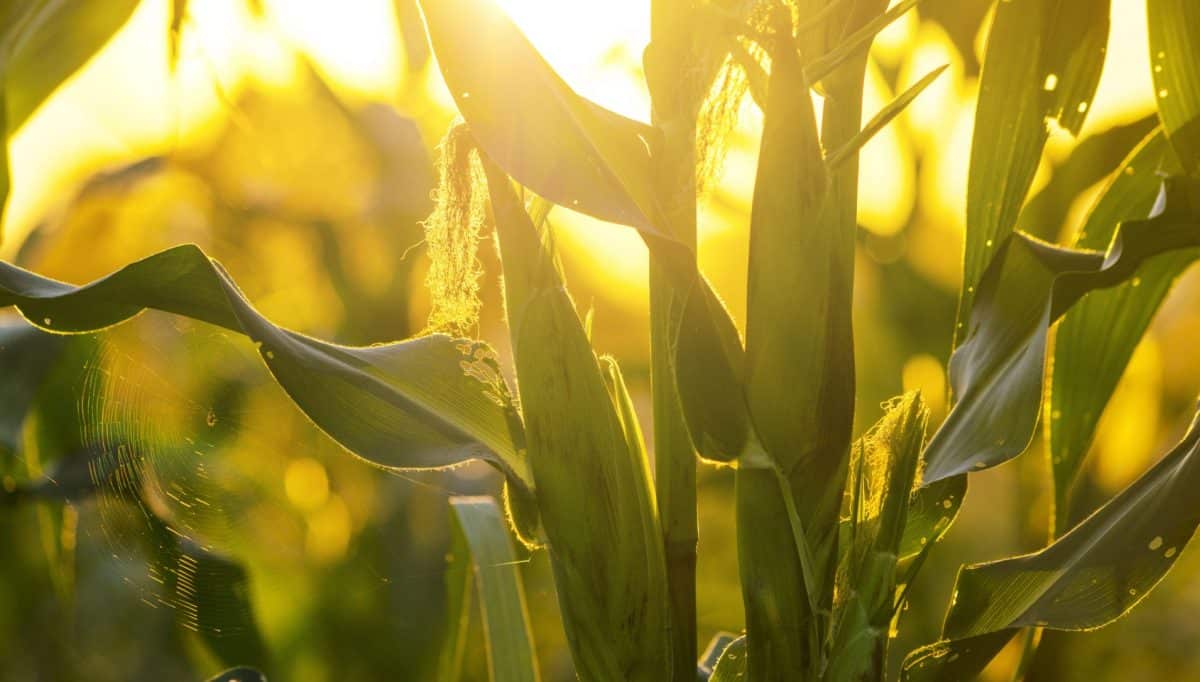
Crops: Corn for grain Corn for silage
4R Practices: Source Rate Time Place
Lead Researcher:
Dr. Matt Helmers
Professor
Iowa State University
Start Date: 2017
End Date: 2021
Currently, there is a concerted effort from industry, universities, and state and federal action agencies to promote the 4R nutrient management approach on-farm– considering the Right source, Right rate, Right time, and Right place– for managing nutrient additions from commercial fertilizer and organic materials. With its massive acreage and intensive nutrient use, corn production systems are an important focus of the 4R program. To convince farmers to adopt the 4R approach, and to ensure that production, soil health, and environmental goals are realized, there is a critical need for field research that measures responses to 4R management systems across a range of soils and agro-ecosystems within the main corn producing areas of North America. Limited research data linking agronomic and environmental performance of 4R practices across a wide variety of conditions is a critical research gap leading to high uncertainty regarding practice efficacy for both farmers and environmental program and policy decision makers. Along with production and soil health effects, full accounting of the multiple forms and pathways of nitrogen (N) and phosphorus (P) is essential to understand the environmental consequences of current and advanced best nutrient practices. A thorough accounting of the N balance could also serve as an early warning for practices that are improving or reducing soil carbon and thus soil health because soil carbon-nitrogen interactions dramatically impact soil organic matter accumulation and carbon sequestration. Further, potassium (K) nutrition of crops has attracted renewed attention, and although not of environmental concern, K requirements of crops are nearly the same as those of N, and cannot be ignored. We propose the creation of a coordinated field site network strategically distributed across the cornbelt with unique infrastructure that would collect similar agronomic and environmental measures thereby enabling for the first time knowledge synthesis across varied soils, climates, and management systems. Quantification of the impacts of 4R management on crop yield, P, K, and nitrate (NO3) losses in water, N losses to the atmosphere, and changes in soil health at the same location under a range of management practices is severely lacking. In addition, we are aware of no studies explicitly aimed at understanding the interactions between 4R management strategies and soil health.

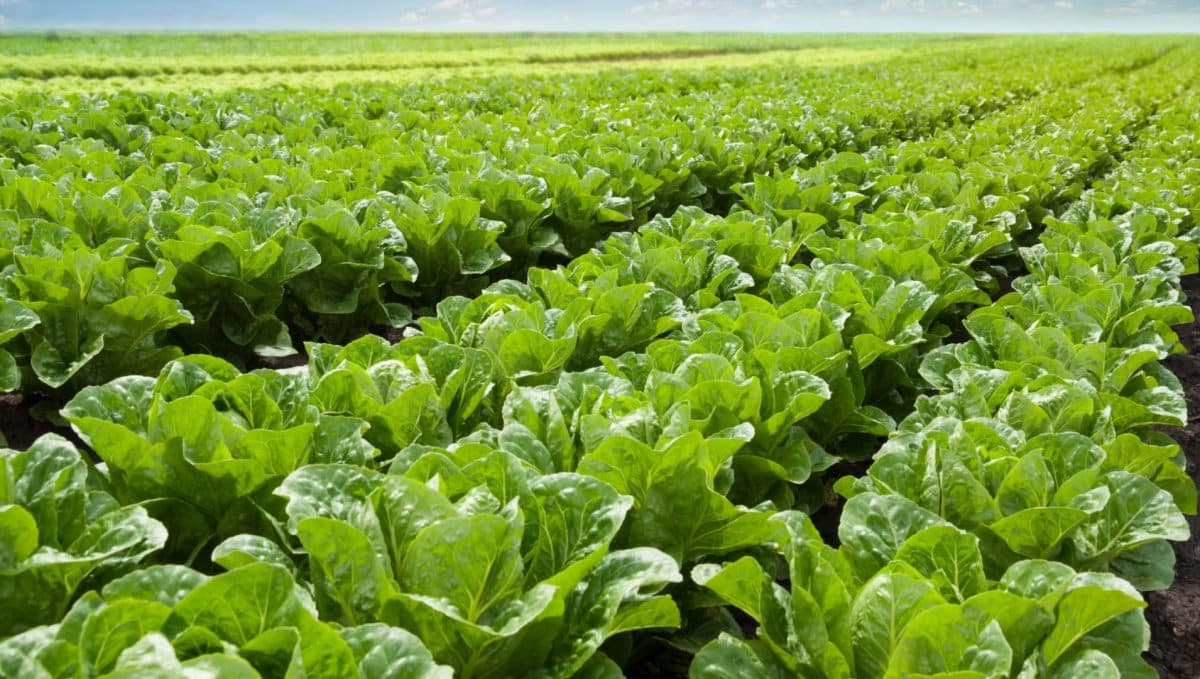
Crops: Apples Broccoli Cauliflower Celery Lettuce
4R Practices: Rate Time Place
Lead Researcher:
Dr. Charles Sanchez
Professor
University of Arizona
Start Date: 2019
End Date: 2022
Intensive vegetable production in the desert receives large annual applications of nitrogen (N) fertilizers. Soils in the southwestern United States are generally low in organic matter and amounts of N applied range from 200 to 400 kg/ha. Crop recoveries are less than 50%. There are numerous possible fates of fertilizer applied N in addition to the desired outcome of crop uptake. Over the past 15 years, researchers with the University of California and University of Arizona have developed strategies for efficient nutrient management. For N, these practices include fertilizer timing, pre-side dress plant and soil testing, and improved irrigation management. However, these guidelines have been applied to uniform management schemes in spite of the fact that fields often show considerable variation in soil properties. In-field soil textural variation is a significant factor affecting the mobility and availability of N. The prospect of variable rate (VRT) pre-plant and in-season N fertilizer application has not been evaluated in desert vegetable cropping systems. Certainly, varying N fertilizer applications by soil management zone makes sense. Further, emerging optical sensor technologies expand opportunities for in-season N management. We have evaluated VRT for pre-plant P fertilization in the desert. However, data exploring the potential for using VRT for N management is limited.
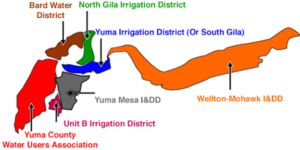
Studies conducted within Bard Water District, Yuma County Water Users Association, and Yuma Irrigation District in 2019-2020.

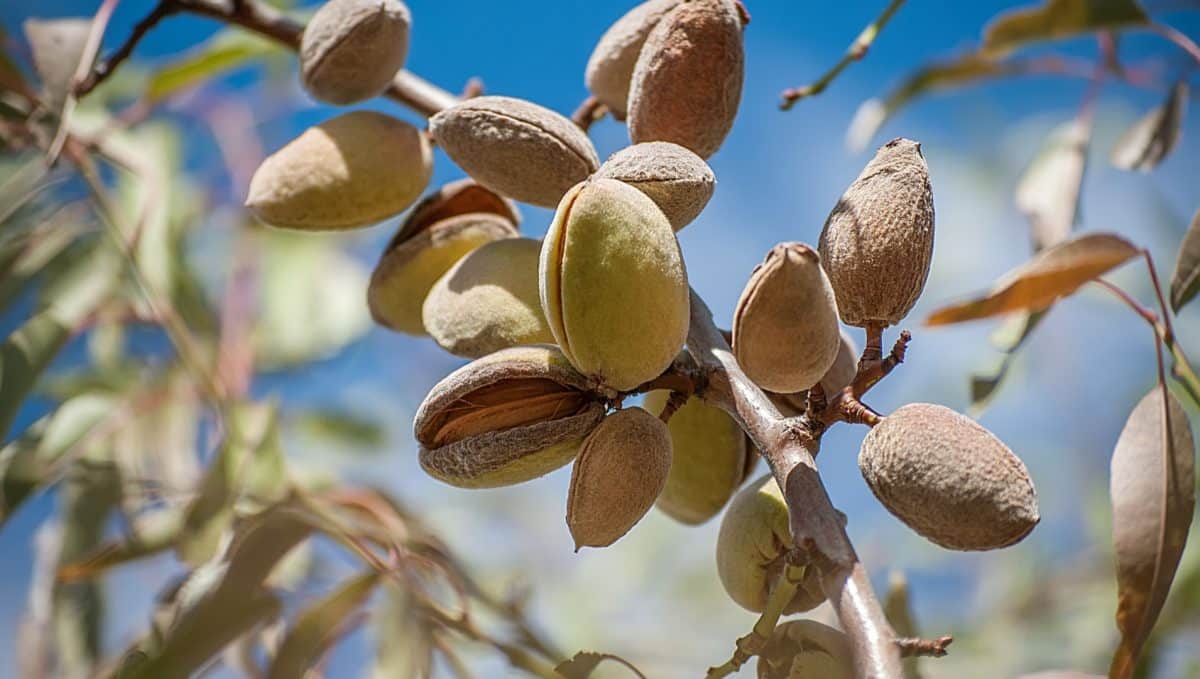
Crops: Almonds
4R Practices: Time Place
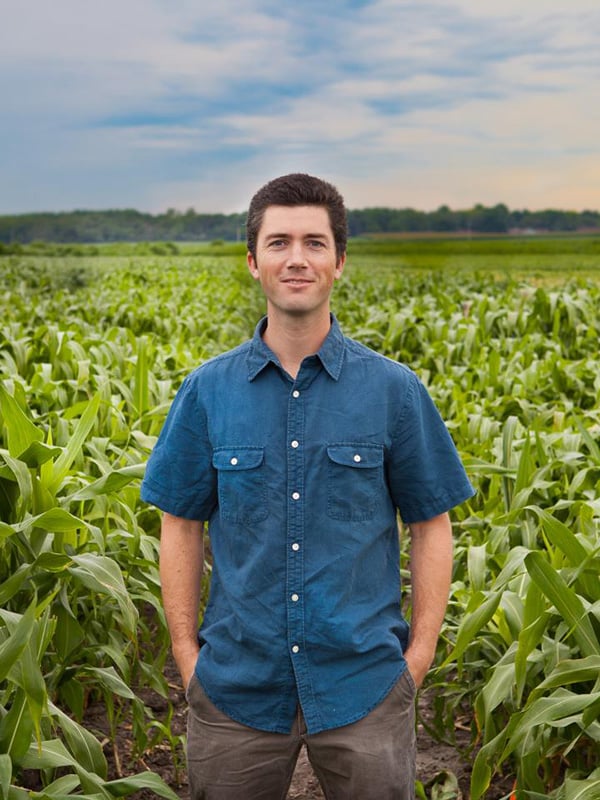
Lead Researcher:
Dr. Patrick Brown
Professor
University of California-Davis
Start Date: 2019
End Date: 2024
This study addresses a specific technical problem that the California almond industry is currently facing: How do you prevent nitrate leaching in micro-irrigated almonds orchards while simultaneously preventing salt accumulation in the root zone? Salinity imposes a significant impact in many areas of the central Valley of California and is greatly exacerbated in drought years when groundwater replaces surface water supplies. Californian agriculture is also now legislatively mandated to reduce nitrate leaching. Salinity has historically been managed by the application of water in excess of plant demand to leach salts (particularly Cl) below the active root-zone, NO3 however, leaches at essentially the same rate as Cl and hence will also move to the saline periphery of the root zone, where it is subject to loss. The control of salinity buildup by leaching, has not been optimized for the microirrigated context, and requires access to adequate water supplies and thus has a high potential risk of nitrate leaching and groundwater contamination. To develop irrigation and fertigation practices that achieve nitrate-sensitive salinity management, will require a deep understanding of root responses to micro-irrigation and the dynamics of nitrate and salinity uptake and movement in saline affected microirrigated orchards. To address this challenge, we propose an integrated study of root architecture and distribution, root physiology and plasticity, under micro-irrigation in almond. This study places a special focus on determining the ‘right place’ and ‘right time’ so that irrigation and fertigation strategies can be optimized to achieve nitrate-sensitive salinity management.


Crops: Cotton
4R Practices: Source Rate Time Place
Lead Researcher:
Dr. William Frame
Associate Professor
Virginia Tech
Start Date: 2019
End Date: 2023
Nitrogen (N) is second only to water as a yield-limiting factor in non-legume cropping systems such as corn (Zea mays L.) and cotton (Gossypium hirsutum). Countless research endeavors have sought to unravel the dominant loss mechanisms/pathways in these two crops; however, the end result is that N use efficiency (NUE) remains ~33% worldwide and 40-60% in the U.S. As a result, roughly half to two-thirds of the applied N in non-legume cropping systems can move off-target and into the surrounding environment. To reduce these gaps in NUE, integrated research is needed to understand how N moves, transforms, and is utilized in non-legume cropping systems. This need is particularly urgent in cotton production systems, which represent 5.67 million hectares in the U.S. and required 373,409 metric tons of applied N in 2017.
Previous studies in cotton have focused on N application rates, timing, source, and placement (the 4R’s of nutrient management) in the Mid-South, Southeast, and Texas (High plains/Coastal Bend) regions of the U.S. In contrast, few studies have evaluated 4R’s of N management across the humid portions of the cotton belt, even though these areas represent 89.5% of production. At the same time, new/improved technologies and management strategies such as improved cotton varieties, enhanced efficiency fertilizers (EEF’s), and integrated cover crop solutions offer the potential to regulate N transformations in the soil and reduce N losses to surrounding ecosystems. Still, the ability of these techniques to improve NUE in contemporary cotton systems has not been rigorously examined. This project seeks to fill this important knowledge gap by integrating the 4R’s within a comprehensive agroecosystem perspective to improve NUE in cotton cropping systems, while also enhancing soil chemical and physical properties and decreasing off-target N movement via leaching and volatilization.

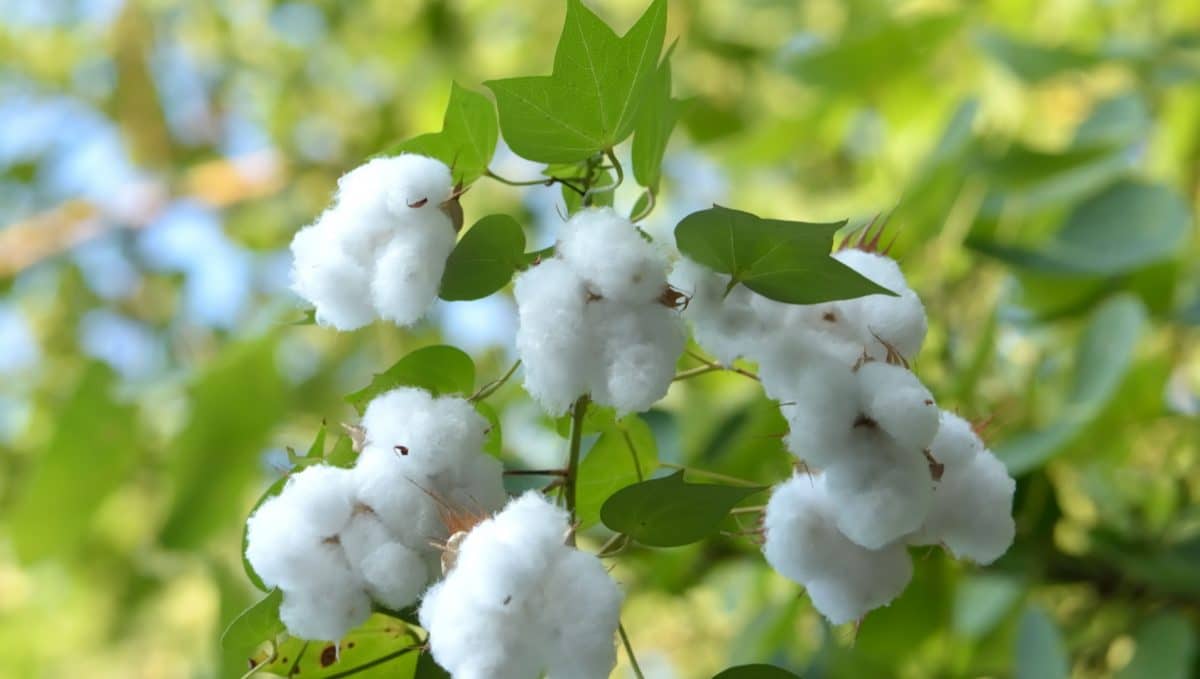
Crops: Cotton Rice
4R Practices: Source Rate Time Place

Lead Researcher:
Dr. Andrew Sharpley
Distinguished Professor of Soils and Water Quality
University of Arkansas
Start Date: 2019
End Date: 2023
Agriculture is the single largest economic sector in Arkansas, accounting for $21.4 billion of value added to the State’s economy in 2016 (University of Arkansas Division of Agriculture, 2019). Arkansas is the nation’s leading rice producer, second in poultry production and in the top 15 among states for cotton, soybean, and corn. Agricultural enterprise account for about 98% of the 1.1 million tons of fertilizer sold annually in Arkansas.
Nutrient enrichment remains a major impairment to the designated uses of fresh and coastal waters of the United States. While there are many sources of nutrients, the contribution of agriculture has received increased attention to reduce nutrient losses, fueled by recent modeling efforts and surveys, which suggest agriculture contributes up to 85% of the nutrients entering the Gulf of Mexico. However, there have been few farm-scale studies of the effects of nutrient management and conservation practice (CP) adoption on water use-efficiency, quality, and system sustainability under cotton and rice production in the Basin, particularly the Lower Mississippi River Basin. These concerns are manifested from regional issues such as hypoxia in the Gulf of Mexico and critical groundwater decline in lower Mississippi Alluvial Aquifer. Also, the cotton supply chain from field to gin, to mill, to retailer, wants assurances that cotton production is sustainable for future business interests. This has prompted supply chain groups such as Field to Market and the Cotton Leeds program, to measure and document indicators of sustainability. Several AR cotton producers are working with the University of Arkansas Division of Agriculture to use the Field Print Calculator for individual fields in AR. The Field to Market Field Print Calculator now includes metrics for rice and is being used by groups, such as the USA Rice Federation, to encourage producers to move towards more sustainable practices.
